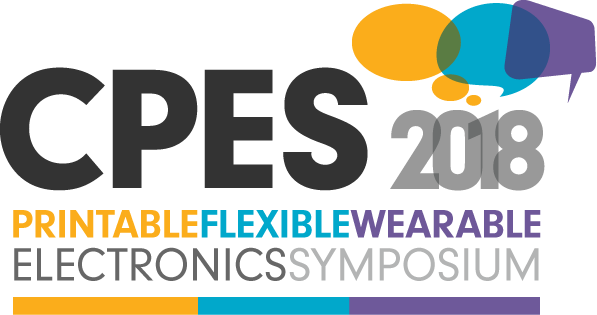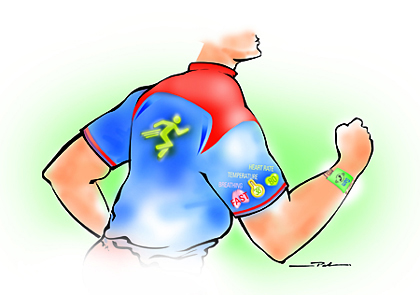Industry News
Printable and flexible hybrid electronics
They're here − coming to a product line near you!
By Leo Valiquette
Products and applications using printable, flexible and hybrid electronics (FHE) are already on the market, in industries ranging from consumer electronics to packaging to secure documents to healthcare to automotive.
|
These manufacturing verticals each represent billions of dollars in economic activity for Canada on an annual basis. FHE represents hundreds of millions in new opportunity as industries both within and outside the domain of traditional electronics look to reinvent themselves in the face of stiff global competition.
Some 2,000 companies are involved in the design, development or manufacturing of electronics-based products in Canada. They face increasing pressure to innovate and adapt. FHE offer fresh ways to grow revenue and compete with new products and applications for verticals like Smart Packaging and Retail, Intelligent Buildings and Connected Homes, Aerospace and Defence, Automotive and Aerospace, Health and Wellness, Intelligent Documents and Wearables.
Software companies as well have a key role to play – FHE is a group of technologies that enable the Internet of Everything. Central to this is the apps and cloud-computing platforms that allow devices to communicate and data to be collected and analyzed. Developing common standards and common interconnect technologies are also important to this supply chain, to provide reliable performance under a wide range of environmental conditions and usage scenarios, and to meet strict compliance requirements in regulated industries such as healthcare.
Compared to conventional electronics components and systems, FHE can deliver substantial savings in cost to manufacture. FHE components consume less power, take up less space, and can be incorporated into parts through in-mould and additive processes. They can be disposable and biodegradable, flexible and stretchable, even woven into yarns – attributes that defy the limitations of traditional rigid components made of silicon.

Thin sheets supplying lighting also incorporate sensors, analytics and controls into intelligent buildings.
This makes it affordable and easy to add intelligence to everyday objects:
- Smart clothing that can monitor your vitals and other wearable tech for health, wellness and personal safety.
- Sensor technologies needed for autonomous vehicles and to monitor anything from a commercial HVAC system to your kitchen toaster.
- Connected/smart home technologies for greater occupant comfort and convenience.
- Packaging to drive new ways to manage the entire retail supply chain, to better manage logistics, prevent product theft, spoilage, tampering and counterfeiting, and to turn the humble package into a digital marketing platform for dialogue with the consumer.
|
|
This is just the tip of the iceberg. What can FHE do for you? As a researcher, developer, manufacturer, integrator or end user, why should you pursue opportunities in this area?
You can find the answer at CPES2018, Canada’s premier conference and tradeshow exhibition for FHE. CPES2018 is the place to learn about the materials, components, tools and manufacturing technologies and applications needed to capitalize on these opportunities.
CPES2018 runs May 23 - 34 at Centennial College in Toronto. Here you can explore FHE in all its dimensions and network with potential suppliers, partners and customers to understand where and how you can expand your business in this exciting global market.
Learn more at https://intelliflex.org/cpes2018/
Leo Valiquette is Director of Programs, intelliFLEX Innovation Alliance.
|
Additional Resources |

 Canadian Printable Electronics Symposium 2018 (CPES2018) explores the broad spectrum of printable, flexible and hybrid electronics (FHE) and the value chain required to bring products and applications to market.
Canadian Printable Electronics Symposium 2018 (CPES2018) explores the broad spectrum of printable, flexible and hybrid electronics (FHE) and the value chain required to bring products and applications to market.




 /a>
/a>